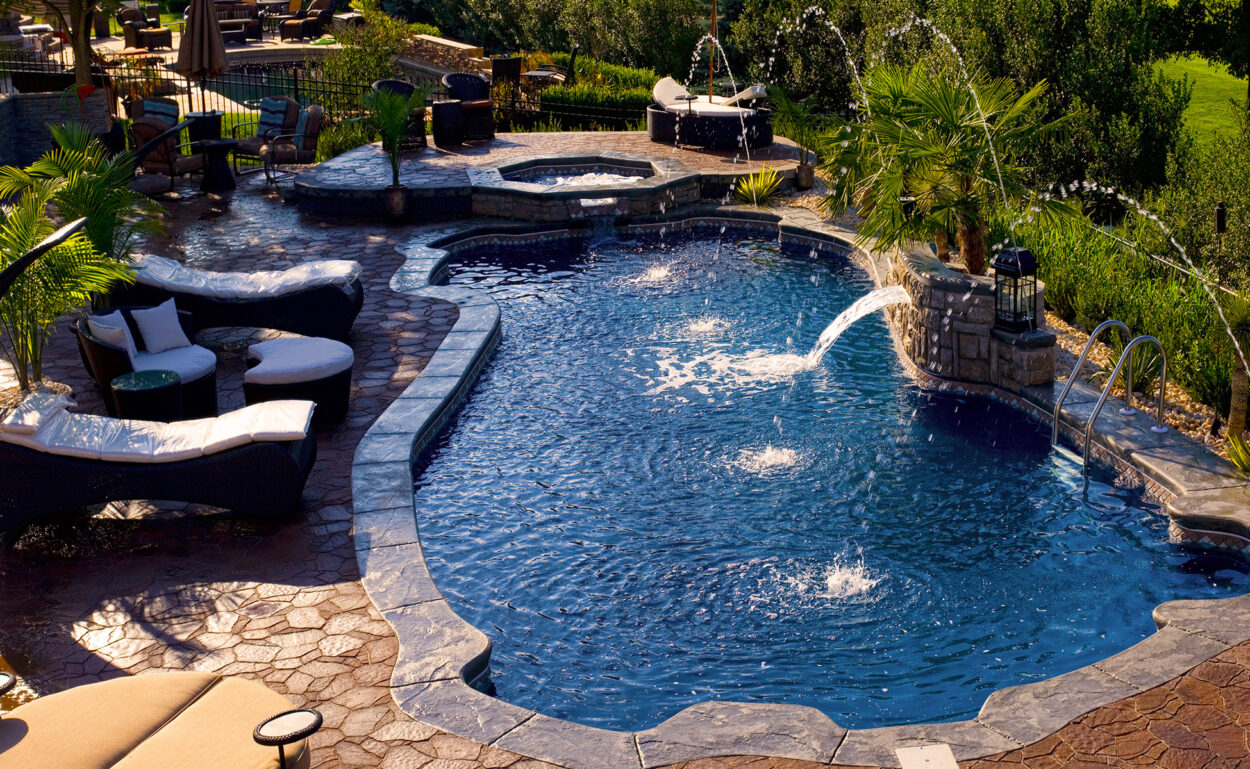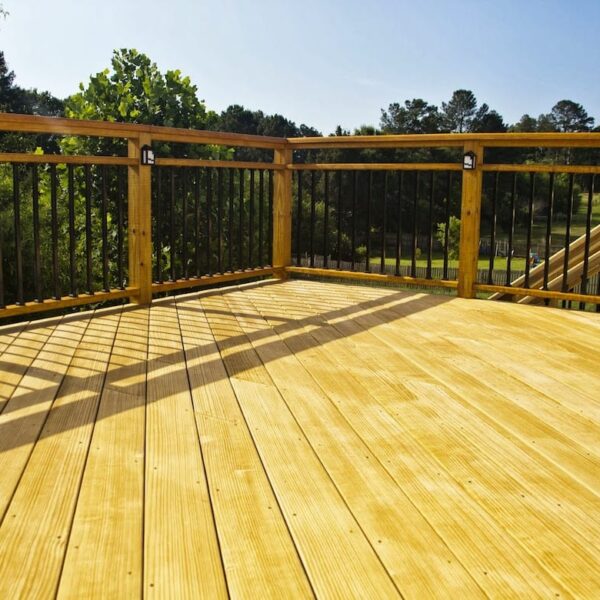Fiberglass pools have become increasingly popular for their aesthetic appeal, durability, and ease of maintenance. Made from woven glass fibers reinforced with resin, these pools are pre-molded in various shapes and sizes and then installed in a pre-excavated hole. Their smooth surface not only provides a pleasant tactile experience but also inhibits the growth of algae, reducing the need for chemical cleaners.
The Durability of Fiberglass Pools
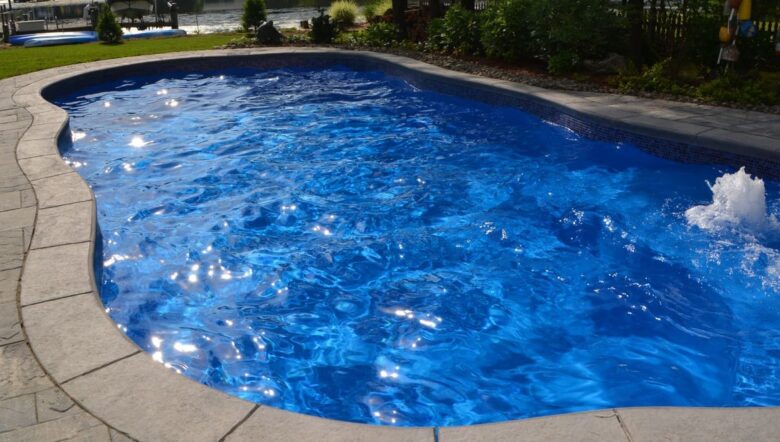
When considering the installation of a fiberglass pool, one common concern is their susceptibility to cracking. Fiberglass is known for its flexibility, which allows it to withstand minor ground movements without sustaining damage. This characteristic is particularly advantageous in areas prone to earthquakes or where soil conditions are less stable. However, like any material, fiberglass has its limitations and can be prone to damage under certain conditions.
For example, improper installation techniques or substandard materials can compromise the integrity of the pool shell. Therefore, it’s crucial to choose a reputable fiberglass pool builder like Hi Tech Pools, who ensures quality construction and uses premium materials to mitigate the risk of damage and maximize the longevity of your investment.
Causes of Cracks in Fiberglass Pools
Cracks in fiberglass pools can result from several factors, including improper installation, ground movement, and lack of maintenance. Improper handling during installation can introduce weaknesses in the structure, making it more susceptible to damage. Additionally, significant ground movement, such as settling or seismic activity, can exert pressure on the pool shell, leading to cracks. Poor maintenance, such as allowing the water level to drop significantly, can also cause the pool structure to become unsupported and prone to cracking.
Preventing Cracks in Fiberglass Pools
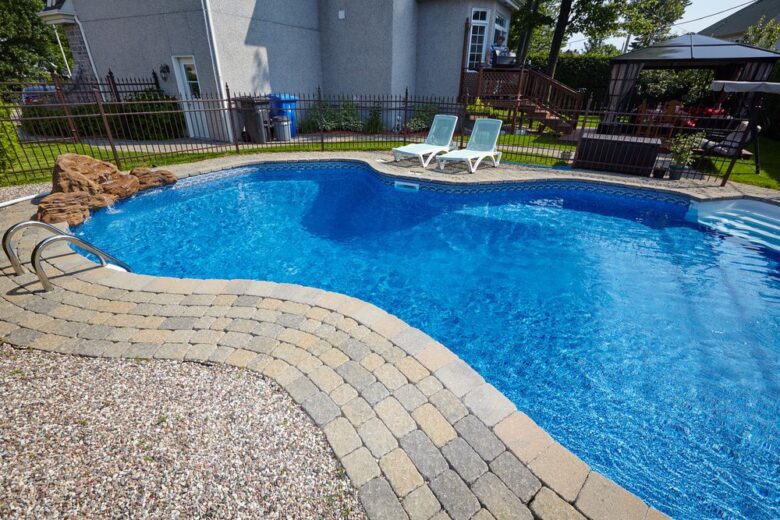
Prevention is key when it comes to maintaining the integrity of a fiberglass pool. Ensuring proper installation by experienced professionals is the first step. This includes correct excavation, bedding the pool in a supportive material like sand or gravel, and ensuring adequate drainage around the pool area to avoid water accumulation that could lead to ground movement.
Maintaining consistent water levels is also crucial. Water within the pool provides necessary pressure to support the walls and base of the pool. Significant fluctuations in water level can remove this support, leading to potential stress and cracks.
Regular maintenance routines should include checking the pool’s surface for any signs of damage or wear. Early detection of issues such as small cracks or blisters in the gel coat can prevent them from developing into more significant problems.
Repairing Cracks in Fiberglass Pools
Should a crack occur, it’s essential to address it promptly to prevent further damage. Repairing a fiberglass pool crack typically involves draining the pool, sanding the area around the crack, applying a new layer of fiberglass mat and resin, and then refinishing the surface with gel coat to match the existing pool surface. For the best results, repairs should be carried out by professionals experienced in working with fiberglass.
Long-Term Maintenance and Care
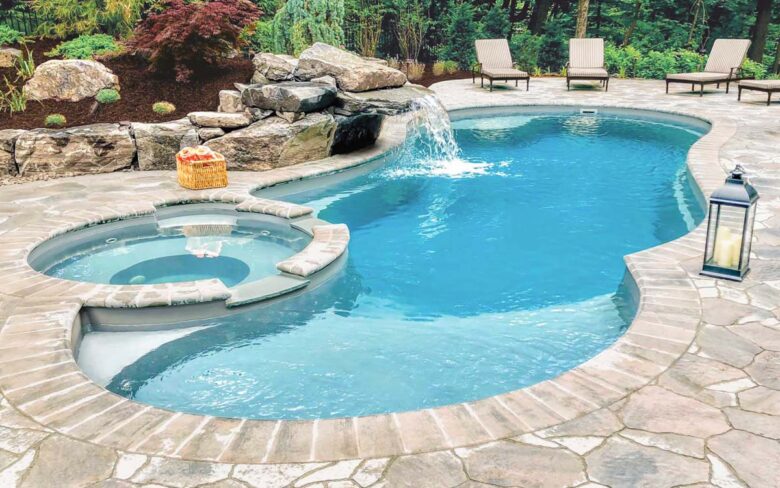
Beyond preventing and repairing cracks, long-term maintenance and care are vital for preserving the lifespan of a fiberglass pool. Regular cleaning, maintaining proper chemical balances, and ensuring the filtration system is in good working order can significantly impact the longevity of the pool. Additionally, using pool covers can reduce the amount of debris entering the pool and minimize evaporation, helping to maintain consistent water levels.
The Role of Professional Assessments
Even with diligent maintenance, it’s advisable to have a professional assessment of your fiberglass pool periodically. These assessments can identify potential issues that may not be visible to the untrained eye, such as structural weaknesses or impending failures in the plumbing system. Early detection and remediation of such issues can prevent more significant problems and extend the life of the pool.
Environmental Considerations
Environmental factors can also play a role in the longevity of fiberglass pools. Extreme temperatures, for example, can cause the fiberglass material to expand and contract, potentially leading to stress cracks over time. In colder climates, proper winterization of the pool is essential to prevent damage from freezing temperatures. This includes lowering the water level, draining the plumbing system, and applying a winter cover to protect the pool from debris and harsh weather conditions.
Technological Advancements in Fiberglass Pools
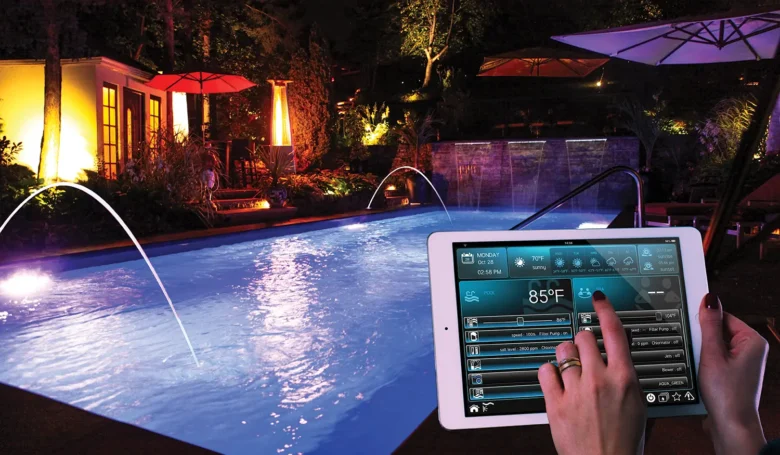
The fiberglass pool industry has seen significant technological advancements in recent years, leading to more durable and resilient pool designs. Innovations in materials and manufacturing processes have resulted in fiberglass pools that can better withstand environmental stresses and resist cracking. When considering a fiberglass pool, opting for a high-quality product from a reputable manufacturer can provide additional peace of mind regarding durability.
Enhancing Durability Through Proper Backfilling
One crucial aspect that significantly impacts the integrity and longevity of a fiberglass pool is the backfilling process. Backfilling refers to the method of filling in the space around the pool shell once it is set into the excavated hole. The choice of backfill material and the technique used can greatly influence the structural support the pool receives. Using a suitable backfill material like clean, compactable gravel, which provides excellent drainage and reduces hydrostatic pressure, can help maintain the pool’s shape and prevent cracking.
Climate Considerations in Pool Maintenance
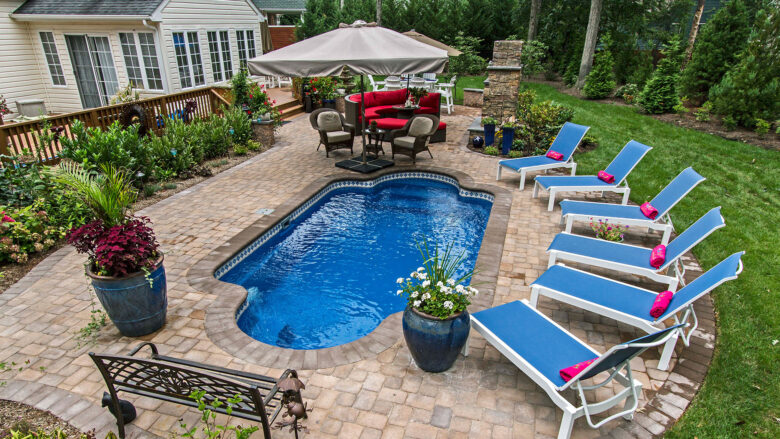
The climate in which a fiberglass pool is located can play a significant role in its maintenance and durability. In areas with extreme seasonal changes, the pool might be subject to freeze-thaw cycles, which can potentially cause damage if the pool is not properly winterized. Moreover, high temperatures and intense sunlight can degrade the pool’s surface over time, leading to discoloration and weakening of the material, which could predispose the pool to cracking. Implementing climate-specific maintenance strategies, such as using pool covers to protect against UV rays, and ensuring proper water levels during freezing conditions, can mitigate these risks and prolong the life of the pool.
Closing Thoughts
Fiberglass pools are a robust and viable option for those seeking a low-maintenance and long-lasting swimming pool solution. While they are not immune to cracking, understanding the causes and implementing preventive measures can significantly reduce the risk. Regular maintenance, professional assessments, and timely repairs are crucial for ensuring the longevity of a fiberglass pool. With proper care, fiberglass pools can provide many years of enjoyment and add value to any home.

